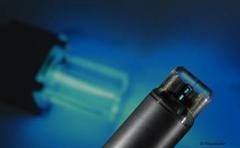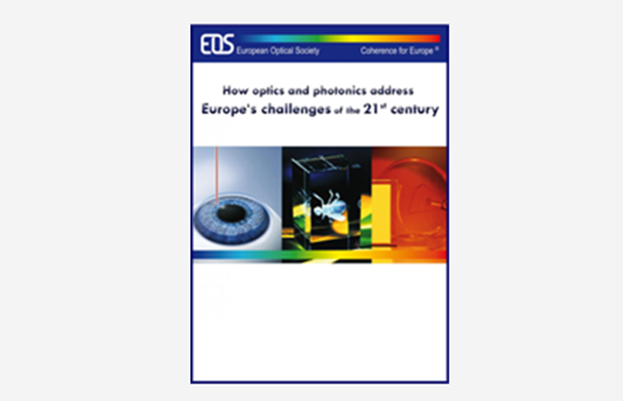Development of an Implanted Biosensor for Continuous Care and Monitoring System of Diabetic Patients: the P.Cezanne Project - A smart choice for diabetes monitoring
Abstract:
Development of an Implanted Biosensor for Continuous Care and Monitoring System of Diabetic Patients: the P.Cezanne Project Our project (FP6-031867) is developing an implantable device for glucose monitoring,integrating engineered proteins with fluorimetric detection and hydrogel waveguide technology. The implant feeds a stream of interstitial fluid glucose values into a telemedicine system and can eventually integrate an insulin pump, thus fulfilling the goal of an “artificial pancreas”. The sensor is based on a bacterial Glucose Binding Protein (GBP), fused with a fluorescence donor-acceptor pair, Cyan and Yellow Fluorescent Proteins. Between the fluorescent proteins Fluorescence Resonance Energy Transfer (FRET) occurs. On glucose binding GBP undergoes a conformational change of FRET. Mutant derivatives of GBP were designed to achieve glucose sensitivity between 2 and 30 mM, the range of clinical utility. Sensor proteins are embedded in a hydrogel matrix, which serves as a waveguide for single-wavelength excitation by a blue laser diode. Fluorescence is monitored at two separate wavelengths. The FRET signal is processed inside the implant and wirelessly transmitted to a personal mobile device. When fully developed, our implantable system may provide an autonomous solution for continuous glucose monitoring.





